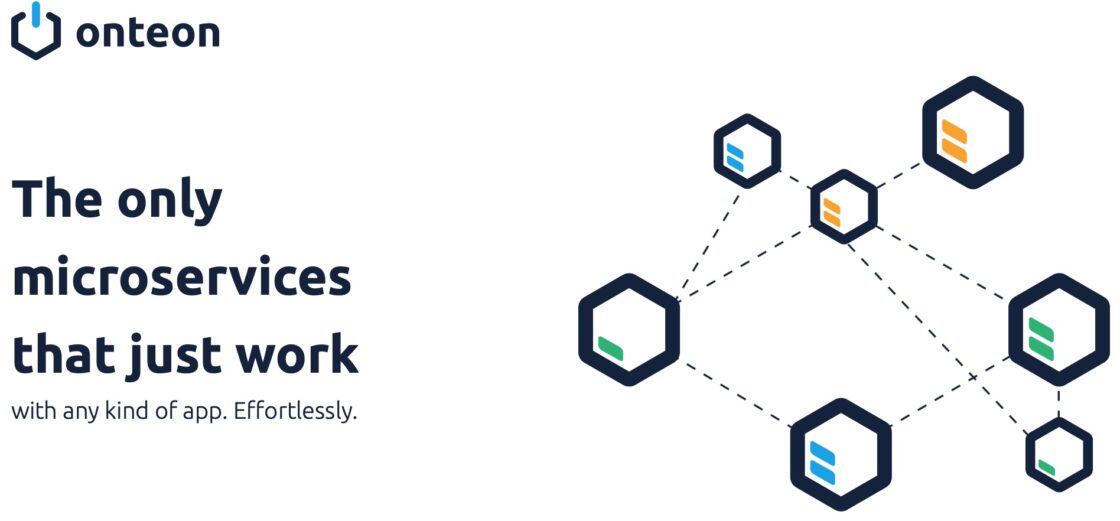Welcome to the new member – Onteon
At the end of March 2021, a new member Krakow software company Onteon joined SPCleantech.
What it is
Onteon is orchestrating in any scale any kind of app, including legacy ones, containerized and non containerized, allowing them to communicate in a standard protocols and ultra fast ones, where adge balancers and api gateways have distributed service repository and updates happen in the background without stopping or slowing down any process. That’s how we designed it. From scratch. This is simply the future of microservices platform – microservices that just work, effortlessly.
Complete and consistent environment to design, run and manage applications in distributed architecture
- Support teams in legacy application transition
- Best suited for native microservices applications
- All components distributed and scalable
- High availability (including platform upgrades)
- Fast communication middleware
- Shortens time to market
- No need for additional layers like Kubernetes or Istio
General benefits
SAVE TIME & BUDGET
Up to 90% faster implementation.
Squeeze months into days and save a huge chunk of budget, thanks to the innovative architecture; savings with no effort;
SAVE THE PLANET
Up to 60% smaller carbon footprint
compared to other available solutions, thanks to innovative technology embedded into the core of system; we have it in our DNA, so no additional investments needed;
How all that is possible?
BETTER USE OF TALENTS
Up to 75% faster deployment time
than competitive solutions available on the market, so you can focus on what really matters for your business. results with no fuss;
Benefits
GENERAL
Save time & budget
Up to 90% faster implementation. Squeeze months into days and save a huge chunk of budget, thanks to the innovative architecture. Savings with no effort.
Zero downtime deployment
No stop required for application version change. Quick rollback. Embedded in the platform. Higher availability, easier deployments. No downtime of application.
AVAILABILITY %
Save the planet
Up to 20% smaller carbon footprint compared to other available solutions, thanks to innovative technology embedded into the core of system. We have it in our DNA, so no additional investments needed.
Strong support for HTTP(S) and RMC protocols
- There is no need to install and integrate external elements. Lower costs, faster implementation, applications are more secure.
- EXECUTION TIME
Better use of talents
Up to 40% faster deployment time than competitive solutions available on the market, so you can focus on what really matters for your business. Results with no fuss.
One way communication between nodes To allow for more granular security for applications. Option to hide some microservices and prevent unwanted microservice calling/visibility.
MAINTENANCE COSTS
(NETWORK TRAFFIC)
Built-in microservices queues No need to install and integrate external queues – good for offloading main execution threads quickly and for reactive programming to come true. Lower development and implementation costs. Queues are hard to manage and other providers do not support it. Easy use of asynchronous communication.
Network by load balancer layer separation among nodes
Help with keeping the architecture clean, which will be reflected in lower maintenance and development costs. Possibility to logically isolate services traffic. Potentially decreased latency. Option to better organize network communication. Lower level of “noise” in network



